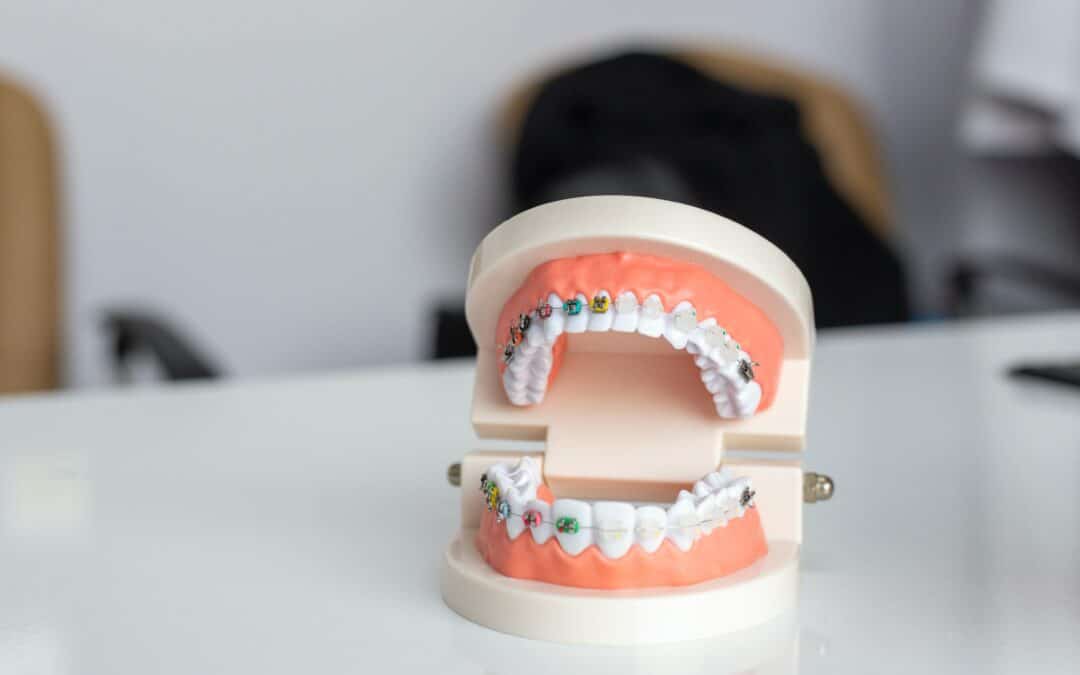Orthodontic treatment has come a long way in recent years, offering a variety of options for individuals seeking to enhance their smiles and correct dental issues. From traditional braces to modern aligners, there are multiple methods available to address orthodontic concerns effectively. In this article, we will explore the pros and cons of different types of orthodontic treatment, helping you make an informed decision about the best approach for your dental needs.
Traditional Braces
Traditional metal braces have been a fundamental part of orthodontics for many years. These braces consist of metal brackets bonded to the teeth and connected with wires and elastic bands. They are highly effective in correcting complex dental issues, including severe misalignment and bite problems. However, they can be aesthetically unappealing for individuals conscious about their appearance and may cause discomfort and soreness. Regular visits for adjustments and maintenance are also required.
Ceramic Braces
Ceramic braces function similarly to traditional braces but use tooth-colored or clear brackets and wires. They are less noticeable than metal braces and can effectively treat a wide range of orthodontic issues. While they are more stain-resistant than before, they can still be slightly more expensive than traditional braces. Additionally, the brackets may be more fragile, increasing the risk of breakage, and inadequate oral hygiene maintenance can result in slight discoloration of teeth.
Lingual Braces
Lingual braces are similar to traditional braces but are placed on the inner surfaces of the teeth, making them virtually invisible from the outside. They provide a discreet treatment option and can address complex orthodontic issues. However, they can be challenging to clean and maintain due to their placement. Initially, discomfort and speech difficulties may occur, and they tend to be more expensive than traditional braces due to customization and specialized expertise required.
Clear Aligners
Clear aligners, such as Invisalign, have gained popularity for their nearly invisible appearance and convenience. They offer a discreet orthodontic treatment option and are removable, allowing for easy oral hygiene maintenance and unrestricted eating. Clear aligners are generally more comfortable than braces, as they do not have wires or brackets that can cause irritation. However, they are not suitable for severe orthodontic problems, require strict compliance with wearing the aligners for the recommended duration each day, and may be more expensive depending on the complexity of the case.
When considering orthodontic treatment, it is crucial to evaluate the pros and cons of each option to determine the best fit for your specific needs and preferences. Traditional braces are reliable and cost-effective but may not suit everyone’s aesthetic concerns. Ceramic braces offer improved aesthetics but require diligent maintenance. Lingual braces provide complete invisibility but are more challenging to clean. Clear aligners offer flexibility but may not be suitable for complex cases. Consulting with an experienced orthodontist is key to finding the most suitable treatment that aligns with your goals and budget. Remember, the end result of a beautiful, healthy smile is well worth the investment in orthodontic treatment.


